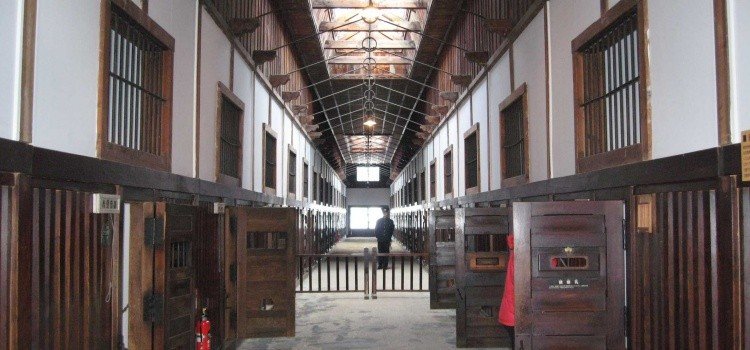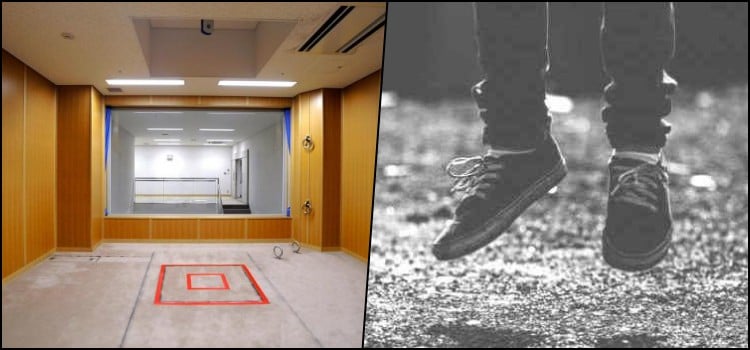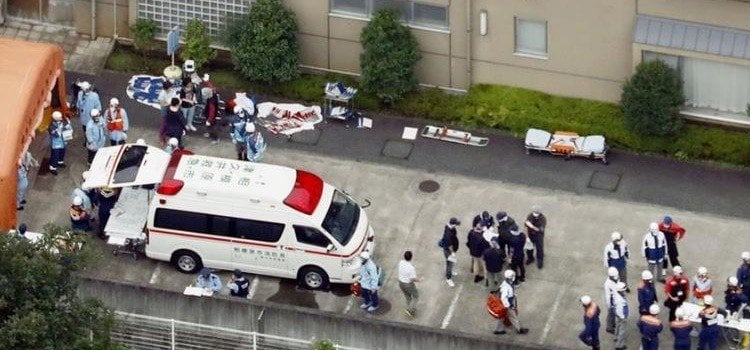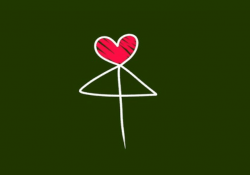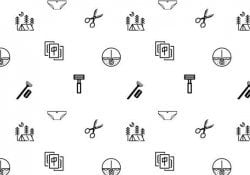Capital punishment or death penalty is a legal penalty in Japan. It is applied in practice only for murder, and executions are carried out by hanging. Death sentences are usually imposed in multiple murder cases, although some single murderers have also been hanged if their crime was serious.
Índice de Conteúdo
When did capital punishment appear in Japan?
From about the 4th century onwards, Japan became increasingly influenced by the Chinese judicial system and gradually adopted a system of different punishments for different crimes, including the death penalty.
However, starting in the Nara period, cruel punishments and the death penalty were less and less, probably as a result of Buddhist influence, the death penalty was abolished in the Heian period. The death penalty was not used for the next 300 years, until the Genpei War.
During the Kamakura period, capital punishment was widely used and the methods of execution became increasingly cruel and included burning, boiling, and crucifixion, among many others.
During the Muromachi period, even more severe methods of execution came into use, such as upside-down crucifixion, spear stabbing, sawing, and dismemberment with oxen or carts.
These harsh methods and liberal use of the death penalty continued throughout the Edo period and into the early Meiji period, but due to the influence of Confucianism, offenses against masters and elders were increasingly punished more harshly than offenses against those of lower class.
In 1871, as a result of a major reform of the penal code, the number of crimes punishable by death was reduced and excessively cruel torture and flogging were abolished.
Criteria for the death penalty in Japan
While technically not a precedent, this guidance was followed by all subsequent capital cases in Japan. The nine criteria are as follows:
- Evil degree;
- Reason;
- How the crime was committed; especially the manner in which the victim was killed;
- Result of the crime; especially the number of victims;
- Feelings of the victim's family members;
- Impact of crime on Japanese society;
- The age of the defendant (in Japan, the age of majority is from 20 years of age);
- Defendant's previous criminal record;
- Degree of remorse shown by the defendant;
Execution process in Japan
The execution mandate is signed by the Minister of Justice after internal consultations with the Ministry of Justice. Once the final approval is signed, execution will take place within five days. By statute, execution cannot take place on a national holiday, Saturday, Sunday, or between December 31 and January 2.
The death penalty is carried out by hanging in an execution chamber inside the detention center. When an execution order has been issued, the sentenced prisoner is informed on the morning of his execution. Convicts are given the choice of last meal.
The prisoner's family and legal representatives, as well as the general public, are only informed later. Since December 7, 2007, authorities have released the names, nature of the crime and ages of the executed prisoners.
Hope you enjoyed the article! We appreciate the comments and shares. We recommend reading:

